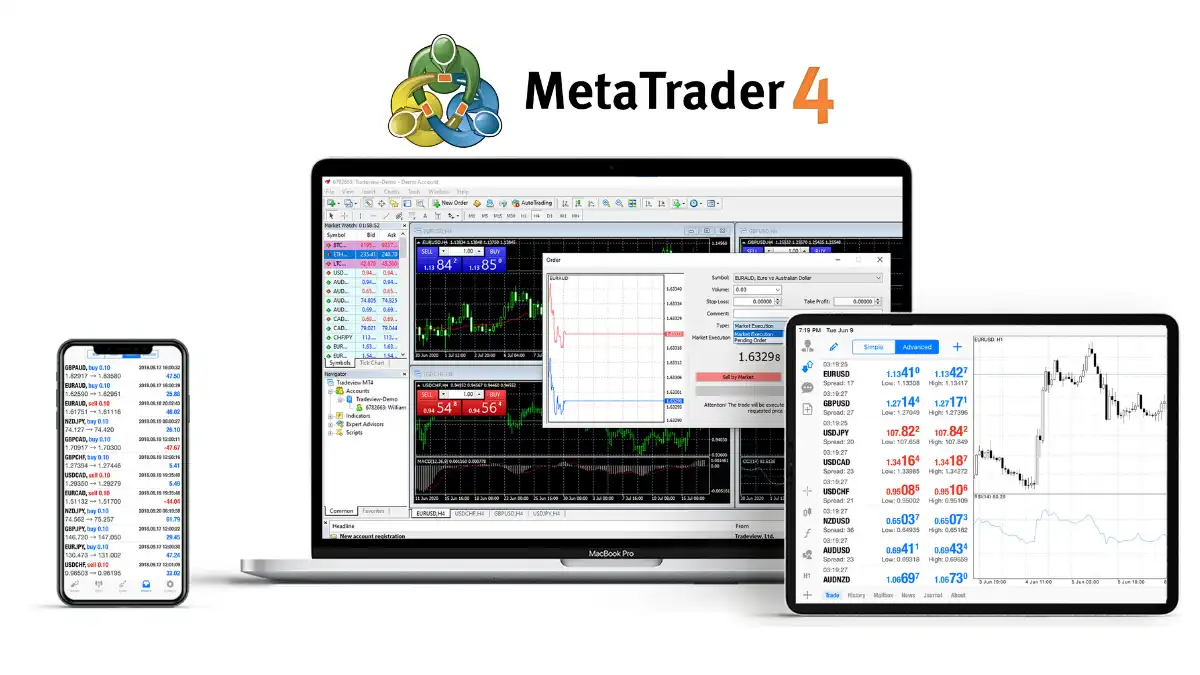Forex Scalping: The Temptation of Ultra-Fast Trading and Extremely High Risk
Among the various trading styles we have discussed, ranging from long-term to short-term, "Scalping" is at the extreme end of the timeframe.If you think day trading (buying and selling within the same day) is already fast, scalping pushes the speed to the extreme.
This style of trader aims to profit from very small price fluctuations in an extremely short period and conducts a very high frequency of trades within a single day.
"Scalping" might sound a bit intimidating, but it vividly describes the trader’s attempt to "scrape" tiny profits from the market.
This style is full of speed and excitement but also comes with very high demands and risks.
This article will analyze the true nature of scalping, including how it operates, its potential temptations, huge challenges, and why it is absolutely unsuitable for the vast majority of forex beginners.
1. What is scalping?
Scalping is an ultra-short-term trading strategy characterized by:- Extremely short holding time: Trades usually last only a few seconds to a few minutes, rarely exceeding this timeframe.
- Very small profit targets: Each trade aims for very tiny profits, possibly only a few pips, or even just fractions of a pip (pipettes).
- Very high trading frequency: To accumulate these small profits, scalpers may execute dozens or even hundreds of trades in a single day.
Their philosophy is that the market constantly experiences tiny price fluctuations, and by capturing these small movements at high frequency, small gains add up to a considerable return.
2. Typical practices of scalpers
To achieve this ultra-fast trading, scalpers usually have the following characteristics:- Rely on the shortest timeframe charts: Mainly analyze the 1-minute chart (M1), or even use the tick chart that shows every transaction price change in real time.
- Focus on real-time price action and order flow: Analysis is primarily based on quick interpretation of current price action. Experienced traders may also refer to market depth or order flow data (if provided by the trading platform). Traditional technical indicators, if used, must be extremely sensitive. Fundamental analysis is almost completely irrelevant at this timeframe.
- Lightning-fast execution speed: Decisions and order placements must be completed instantly. Heavily rely on one-click order functions and other quick features of the trading platform. Extremely low network latency is crucial to ensure orders are executed at the desired price.
- Highly sensitive to trading costs: This is the lifeblood of scalping. Since each trade’s profit target is only a few pips, even a 1-2 pip spread or a small commission can directly consume all profits or cause losses. Scalpers must seek brokers and account types with the lowest spreads and commissions.
3. Potential advantages of scalping
- (Theoretically) More trading opportunities: The market constantly fluctuates on a micro level, providing seemingly abundant potential entry and exit points for high-frequency trading.
- Short market exposure time: Each trade’s holding time is extremely short, reducing exposure to unpredictable market risks (such as sudden news events).
- (Theoretically) Less correlation with major trends: Scalping mainly focuses on tiny price oscillations, and its success (theoretically) does not heavily depend on accurately judging the market’s macro trends.
4. Huge challenges and risks of scalping
Despite potential advantages, scalping has extremely high barriers and risks, far exceeding other trading styles:- Extremely high psychological pressure and concentration requirements: Requires maintaining a highly focused mental state for long periods, making numerous quick decisions under pressure, which is mentally and physically exhausting.
- Trading costs are critical to success or failure: As mentioned, spreads and commissions have a fatal impact on scalping profitability. Poor cost control can prevent profitability even with a high win rate.
- Amplified slippage risk: Pursuing fast execution and possibly volatile environments can frequently cause differences between actual and expected execution prices (slippage), which greatly affects scalping’s tiny profit targets.
- High demands on technical equipment and execution quality: Fast and stable internet connection, high-performance computers, and broker platforms capable of low latency and stable execution are indispensable. Any technical failure can be disastrous.
- Demanding time commitment: Requires investing significant time during the market’s most active and liquid periods for highly focused trading.
- Highly prone to overtrading and emotional trading: High-frequency operations easily lead traders to deviate from plans, engage in impulsive trades (overtrading), or increase stakes after consecutive small losses in an attempt to "recover losses" (revenge trading).
5. Is scalping suitable for beginners?
Regarding this question, the forex education community and experienced traders almost unanimously agree: Absolutely not suitable!The reasons are very clear: scalping requires traders to have:
- Lightning-fast execution speed and reaction ability.
- Strong discipline and emotional control.
- Deep understanding of market microstructure.
- Ability to manage risk under high pressure.
- Access to extremely low trading costs and resources.
These are precisely the qualities and conditions most beginners lack.
Beginners engaging in scalping are very likely to quickly lose a large amount of capital due to inability to control costs, frequent slippage, and overwhelming psychological pressure.
Sincere advice: We strongly recommend all forex beginners completely abandon the idea of trying scalping immediately.
Please devote your time and energy first to learning forex basics, mastering risk management principles, and practicing a more stable and controllable trading style (for example, starting with swing trading or well-prepared day trading).
Scalping belongs to the domain of traders who are extremely experienced, highly specialized in skills, and have specific resources.
Conclusion
Scalping is a trading style that attempts to capture very small profits through extremely high frequency and very short holding times.It places very high demands on traders’ speed, concentration, psychological endurance, cost control, and technical infrastructure.
Although it may bring the excitement of frequent trading, the accompanying huge risks and stringent conditions make it the most dangerous and unrealistic trading method for beginners.
Beginners must progress step by step, start from the basics, hone skills and accumulate experience in more stable trading styles, and never challenge the most difficult "extreme sport" right from the start.
Hi, We are the Mr.Forex Research Team
Trading requires not just the right mindset, but also useful tools and insights.Here, we focus on Global Broker Reviews, Trading System Setup (MT4 / MT5, EA, VPS), and Forex Trading Basics.
We personally teach you to master the "Operating Manual" of financial markets, building a professional trading environment from scratch.
If you want to move from theory to practice:
- Help share this article to let more traders see the truth.
- Read more articles on Broker Tests and Forex Education.





